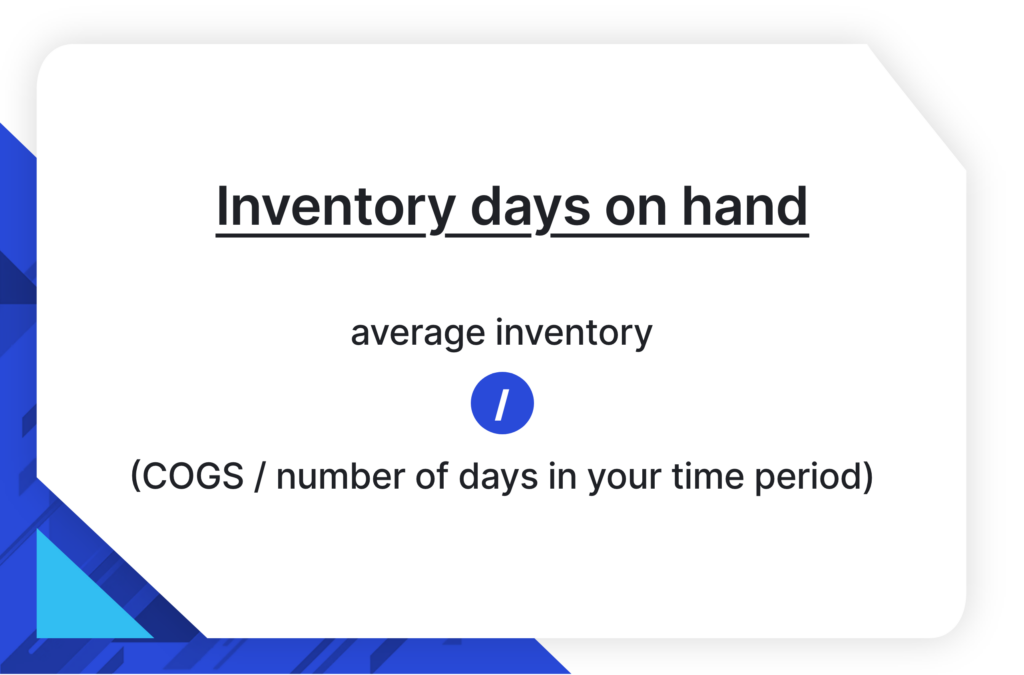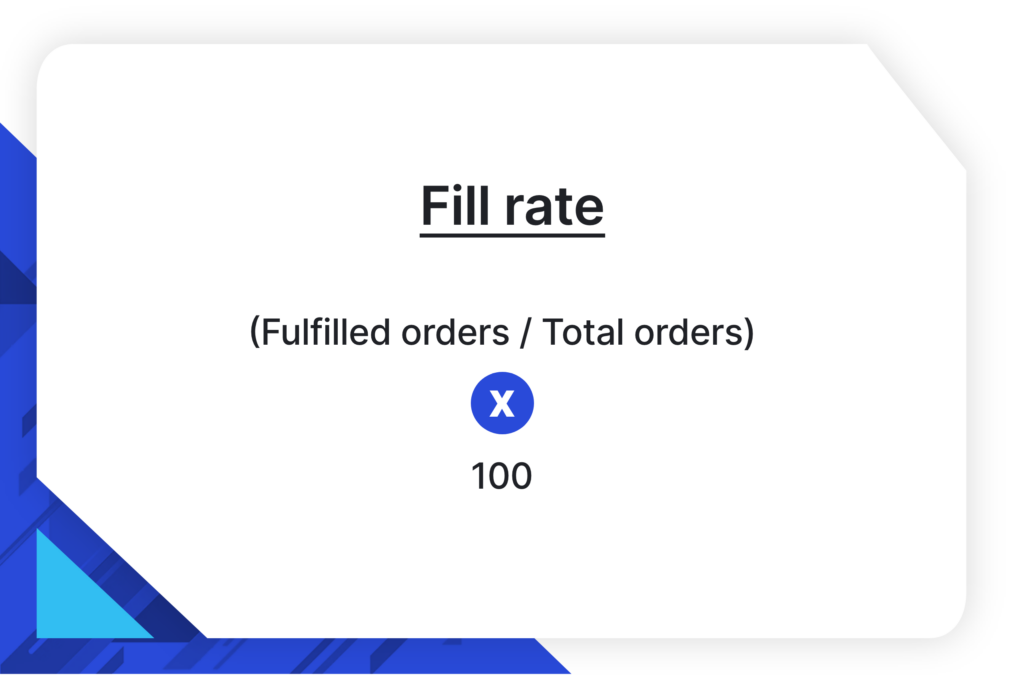Part Two of Our Ultimate Guide to Modern Supply Chain Management
Welcome to part two of our Ultimate Guide to Modern Supply Chain Management! Over the next few weeks, we’ll be outlining various ways to build, optimize, and streamline your supply chain. Our goal is to be a valuable resource for supply chain managers looking to build a more modern and efficient supply chain.
In part one, we explored the advantages of internal supply chain audits and provided a detailed guide on how to conduct one. In part two, we’re focusing on supply chain visibility, including what it is and how to improve it.
In this blog, we’ll dive into:
- What is supply chain visibility
- What are the benefits
- What is supply chain visibility software
- How to improve supply chain visibility using real-time data
Let’s get started.
What is Supply Chain Visibility?
Supply chain visibility refers to a company’s ability to track and monitor the movement of products, materials, and information across their supply chain in real-time or in near-real-time.
Supply chain visibility is both internal and external. Within your business, you need to know the location and status of orders and inventory. This is something enterprise resource planning (ERP) systems aim to provide, although achieving accountability and efficiency in production can be challenging.
You must also consider what happens outside your facility walls. No business is isolated from the world, so it’s essential to gain visibility into the entire supply chain — from raw materials, to suppliers and subcontractors, to distribution and logistics operations. This visibility must break down to a highly granular level and should be as timely as possible. Getting information about changes in your supply chain as they happen will better position your business to get ahead of potential issues.
According to Supply Chain Insights, who measure the gap in supply chain visibility every year, businesses are going backwards despite multi-million dollar investments.
Why is Supply Chain Visibility Important?
Picture this: You just placed an order for raw materials, but you’ve no way of tracking its status. You’ve no idea when the order might arrive, meaning you don’t know how long you’ve got to make current inventory last. If your order arrives too late, it will disrupt production schedules, requiring changeovers and overtime work to avoid late deadlines. Moreover, if customer demands change unexpectedly in terms of volume and product type, you might not have enough inventory on hand to meet demand.
This is just one example of the impact a lack of supply chain visibility can have on your business. In the scenario above, customer satisfaction is threatened — as is your business’ bottom line due to the increase in business expenses.
On the other hand, supply chain visibility can enable better decision-making so you can optimize how your resources are used to satisfy your customers. Other key benefits include:
Obtain Measurable KPIs
Obtaining measurable Key Performance Indicators (KPIs) is a significant benefit of supply chain visibility. Through real-time tracking and data analysis, companies can quantify their performance metrics across the supply chain. You may want to consider tracking these important supply chain KPIs:
Perfect order performance: This is the percentage of orders delivered complete and on time with no errors or discrepancies.

Customer order cycle time: This measurement tracks how long the customer waits to receive their products.

Days inventory on hand/inventory turnover: These metrics indicate whether a business has more inventory than it needs (or perhaps not enough).

Fill rate: This measures the percentage of single complete orders that don’t require subsequent shipments.

These measurable KPIs provide actionable insights for continuous improvement, enabling companies to make informed decisions that enhance operational efficiency and customer satisfaction.
Gain a Distinct Competitive Advantage
Data has long been a source of competitive advantage, and a company with excellent visibility into its supply chain management activities has a substantial advantage over competitors that don’t.
Granular and preferably real-time data enables planning because it predicts the arrival and movement of materials, components, and orders. It can support sustainability initiatives, too, by helping reduce waste, especially in the realm of perishable goods transportation.
Good supply chain data is essential for applying logistical best practices.
Forecast Supply Chain Trends
Historical data is the foundation of forecasting. In the supply chain, forecasting includes determining the probability of a shipment arriving in a defined window, cost increases, lead times, and more — sometimes called “risk delay metrics.”
The goal of forecasting is to reduce uncertainty and variability, and improve resource utilization. Good forecasts let a business reduce safety stocks, manage demand fluctuations, and improve customer satisfaction.
Boost Customer Satisfaction
Customers are satisfied when they receive what they want, preferably in the least possible time. KPIs like perfect order rate and fill rate help measure customer satisfaction, although tracking these metrics alone won’t boost it.
Supply chain visibility boosts customer satisfaction by enabling accurate forecasting, and manufacturing and shipping planning. Full visibility into the entire supply chain, coupled with ERP in manufacturing, gives sales teams the ability to make delivery promises that you know you can keep. Plus, should a customer order need special materials or components, the supply chain management system will be able to indicate how that affects timing and delivery.
Returns management is another area that is quickly growing in importance for customer satisfaction. Customers expect to be able to return products that are unsuitable or no longer needed. The right supply chain management supports this reverse logistics process and streamlines the returns process, so it’s convenient for your business and the customer.
Streamline Compliance
Most supply chains are global. Materials are extracted and refined in one country, then shipped to another, where they become the input material for manufacturing processes in a third country. Then, the finished product enters the distribution system, which may see it exported to a fourth country.
All these movements and transactions are subject to regulations and, of course, taxation. For example, there are rules about where raw materials can and cannot come from, as well as tariffs and sanctions imposed by some countries on others. Demonstrating compliance with all the applicable rules requires excellent visibility and documentation.
We understand keeping track of the latter can be a tedious task. Thankfully, modern supply chain management solutions automate and consolidate this record-keeping. This makes it easier and less costly to maintain the records that demonstrate compliance with international and domestic authorities. (But more on this in the next section!).
Other key benefits include:
- Collaboration and Communication: Visibility fosters better collaboration and communication among various stakeholders in the supply chain, such as suppliers, manufacturers, distributors, and retailers. Sharing information helps all parties make informed decisions that benefit the entire chain.
- Reduced Lead Times: Visibility enables companies to monitor the movement of goods and materials, allowing them to reduce lead times and respond quickly to changes in demand.
- Effective Risk Management: Supply chain disruptions can arise from various sources, such as natural disasters, geopolitical events, transportation issues, and supplier problems. Visibility allows companies to anticipate and mitigate potential risks by identifying vulnerabilities and implementing contingency plans.
The Role of Supply Chain Visibility Software
Disparate systems, legacy systems, and information silos are long-standing barriers. Supply chain managers’ reliance on spreadsheets, handwritten notes, and even call logs have long prevented them from achieving an efficient supply chain. In fact, Anvyl research found that 67% of supply chain managers still use Excel to manage their inventory!
These methods simply don’t provide the visibility or automation needed to manage supply chains today. Instead, organizations need supply chain visibility software. These solutions play a pivotal role in enabling businesses to modernize supply chain management. Moreover, they make it simple for supply chain managers to achieve full visibility and maximize the benefits of a more transparent supply chain.
For example, supply chain visibility software empowers supply chain managers to:
- Centralize real-time data: Supply chain visibility software integrates with various data sources to capture real-time information about the movement of goods, materials, and shipments. It aggregates this data into one centralized platform, enabling companies to easily track the progress and status of items at every stage, from supplier to end customer.
- Anticipate delays before they happen: Supply chain visibility solutions help to anticipate delays before they happen based on historical and current data. This empowers organizations to see around corners for at-risk orders, eliminating the need to scramble, and preventing costly adjustments.
- Automate workflows and reports: With supply chain visibility software, organizations have access and report on any data related to logistics and manufacturing. Supply chain managers can instantly access information like order status, shipping rates, shipping details and cargo locations, auditing records, payment due dates and statuses, and documents.
Enhancing Supply Chain Visibility With Anvyl
Modern supply chains are too complex to be managed effectively with spreadsheets, and are beyond what ERP systems can handle. Using the wrong supply chain management product means risking disruption to your production schedules — and late deliveries to your customers.
Anvyl’s intelligent PO management platform provides a highly granular level of visibility into your entire supply chain. It gives supply chain managers actionable information for rapid decision-making, and the ability to adapt to changing circumstances. Furthermore, our platform supports better stakeholder communication and helps measure performance, forecast events, and streamline internal processes. All of which help boost customer satisfaction and give organizations a significant advantage over competitors.
To learn more about how Anvyl’s solutions helps improve supply chain visibility and build a more modern supply chain, contact our team today!




